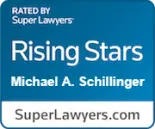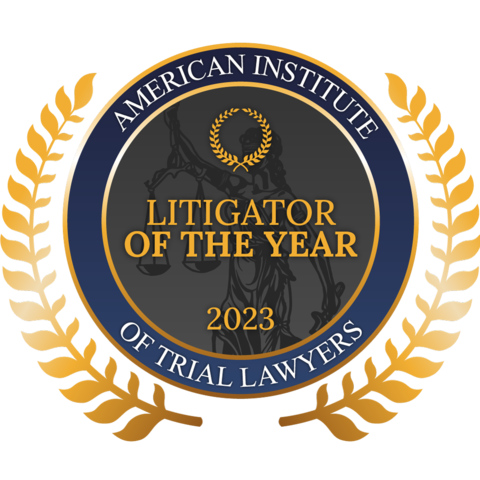Generally speaking, there are three levels of offenses in New York State’s criminal justice system. While the specific consequences of each offense may vary, they all carry significant consequences, including fines, probation, incarceration, and even collateral consequences such as job loss, impact on immigration status, loss of financial aid, and even social stigma.
Violation
A violation is a minor offense not classified as a “crime.” The maximum penalty for a violation is imprisonment for 15 days or a fine. However, a guilty verdict on some violations may still appear on a person’s criminal record and can potentially rescind suspended sentences and/or parole terms.
Misdemeanors
Misdemeanors come in a few varieties. There are unclassified misdemeanors, which have their own specific penalties governed by the statute. However, the two most common types of misdemeanors in New York are class “A” and class “B” misdemeanors. Class “A” Misdemeanors carry a maximum jail sentence of 364 days, and class “B” Misdemeanors carry a maximum jail sentence of 3 months. Both can also carry probationary periods, and significant fines.
Felonies
The most severe crimes in New York are known as felonies. These crimes are separated into five classes, A-E, with A being the most serious. An “A” level felony can result in life imprisonment. The class of felony will typically dictate the potential prison time a person is facing, however, sentencing times can vary greatly depending on whether a person is a first-time offender, a non-violent predicate offender, or a violent predicate offender.
Whether you face charges alleging a first-time offense, or you’ve been arrested previously, Mike Schillinger is an experienced criminal defense attorney in Islip and will fight hard to get you a favorable outcome and protect your future.
 N/a
N/a
 N/a
N/a










